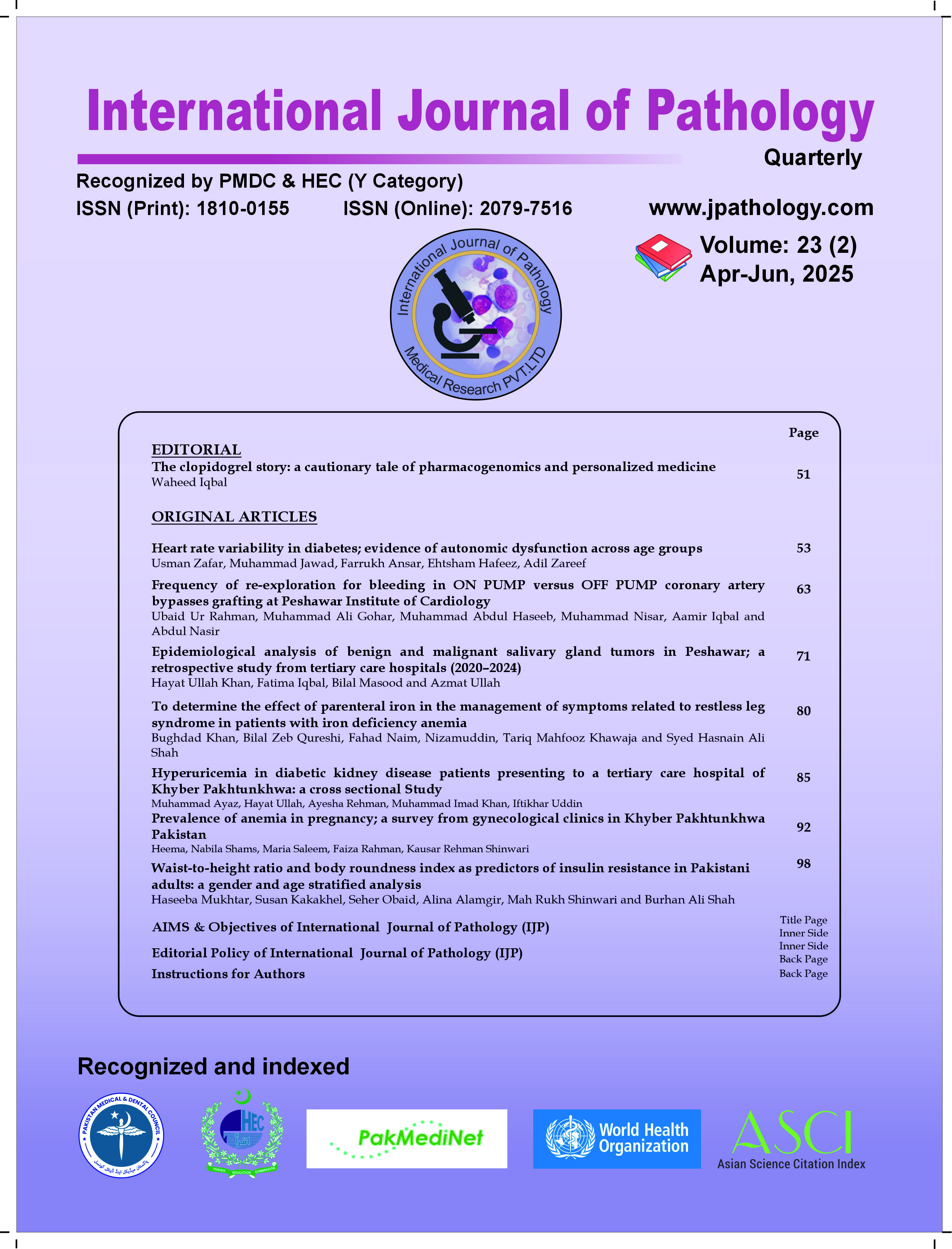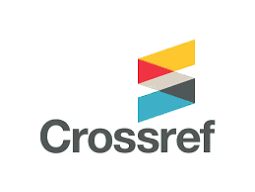Identification of alloantibody causing hemolytic disease of newborn with multiple maternal IgG antibodies
DOI:
https://doi.org/10.59736/IJP.23.02.947Keywords:
Antibodies, Hemolytic Disease, Maternal AntibodiesAbstract
Introduction: Hemolytic disease of the fetus and newborn (HDFN) results from passage of maternal alloantibodies like anti-Fya (IgG) through placenta. They attach with fetal red blood cells cause hemolysis. It is a rare but sometimes a serious health concern.
Case Report: A preterm 12-day-old male child was born preterm, presented with a complaint of yellowish discoloration of skin and sclera for 5 days. He weighed 3.2 kg at birth and at the time of hospital admission the weight was 2.6kg. On examination, he was a deeply icteric child, and no active bleeding was observed. CBC showed Hb 16.2 g/dL, TLC 6x109 /L, and platelets 437x109/L. Reticulocyte counts 0.92%, and total bilirubin 19 mg/dL.
Conclusion: It is suggested that once throughout the antenatal care of pregnant women minor blood group antibody screening be performed.
References
Gupta V, Sidhu M, Shah SN. Hemolytic disease of the fetus and newborn due to multiple alloantibodies in pregnancy. Asian J Transfus Sci. 2020; 14(1):83–6. Doi: 10.4103/ajts.AJTS_40_19.
Goodrick MJ, Hadley AG, Poole G. Haemolytic disease of the fetus and newborn due to anti-Fy(a) and the potential clinical value of Duffy genotyping in pregnancies at risk. Transfus Med. 1997; 7(4):301–4. Doi: 10.1046/j.1365-3148.1997.d01-38.x.
Hall V, Vadakekut ES, Avulakunta ID. Hemolytic disease of the fetus and newborn. [Updated 2024 Jun 7]. In: StatPearls [Internet]. Treasure Island (FL): StatPearls Publishing; 2024 Jan–. Available from: https://www.ncbi.nlm.nih.gov/books/NBK557423/
Iberahim S, Aizuddin MJ, Kadir NA, Rameli N, Adzahar S, Noor NHM, et al. Hemolytic disease of fetus and newborn in a primigravida with multiple alloantibodies involving anti-Jka and anti-E: a case report. Oman Med J. 2020 Nov 30; 35(6):e206. Doi: 10.5001/omj.2020.135.
Mbalibulha Y, Natukunda B, Okwi AL, Kalyango JN, Isaac K, Ononge S. Alloimmunization to Rh antigen (D, C, E, C, E) among pregnant women attending antenatal care in South Western Uganda. J Blood Med. 2022 Nov 29; 13:747–52. Doi: 10.2147/JBM.S385737.
Tormey CA, Hendrickson JE. Transfusion-related red blood cell alloantibodies: induction and consequences. Blood. 2019; 133(17):1821–30. Doi: 10.1182/blood-2018-08-833962.
Zheng Y, Li D, Li X, et al. Spontaneous massive fetomaternal hemorrhage: two case reports and a literature review of placental pathology. BMC Pregnancy Childbirth. 2023; 23:530. Doi: 10.1186/s12884-023-05826-9.
Dean L. Blood groups and red cell antigens [Internet]. Bethesda (MD): National Center for Biotechnology Information (US); 2005. Chapter 4, Hemolytic disease of the newborn. Available from: https://www.ncbi.nlm.nih.gov/books/NBK2266/
Delaney M, Matthews DC. Hemolytic disease of the fetus and newborn: managing the mother, fetus, and newborn. Hematology Am Soc Hematol Educ Program. 2015; 2015(1):146–51. Doi: 10.1182/asheducation-2015.1.146.
Agrawal A, Hussain KS, Kumar A. Minor blood group incompatibility due to blood groups other than Rh(D) leading to hemolytic disease of fetus and newborn: a need for routine antibody screening during pregnancy. Intractable Rare Dis Res. 2020; 9:43–7.
Varghese S, Prakash S, Mukherjee S, Sahu A, Mishra D. Hemolytic disease of the fetus and newborn due to minor blood group alloimmunization in a mother of sickle cell disease with multiple alloantibodies. Asian J Transfus Sci. 2023; 17(2):291–4. Doi: 10.4103/ajts.ajts_161_22.
Wu KH, Chu SL, Chang JG, Shih MC, Peng CT. Haemolytic disease of the newborn due to maternal irregular antibodies in the Chinese population in Taiwan. Transfus Med. 2003; 13:311–4.
Lopriore E, Rath ME, Liley H, Smits-Wintjens VE. Improving the management and outcome in haemolytic disease of the foetus and newborn. Blood Transfus. 2013 Oct; 11(4):484–6. Doi: 10.2450/2013.0147-13.
Alford B, Landry BP, Hou S, Bower X, Bueno AM, Chen D, et al. Validation of a non-invasive prenatal test for fetal RhD, C, c, E, K and Fya antigens. Sci Rep. 2023 Aug 7; 13(1):12786. Doi: 10.1038/s41598-023-39283-3.
Downloads
Published
Issue
Section
License
Copyright (c) 2025 Wajiha Shujaat, Syeda Tabeena Ali, Amjid Hanif

This work is licensed under a Creative Commons Attribution-NonCommercial 4.0 International License.
Readers may “Share-copy and redistribute the material in any medium or format” and “Adapt-remix, transform, and build upon the material”. The readers must give appropriate credit to the source of the material and indicate if changes were made to the material. Readers may not use the material for commercial purpose. The readers may not apply legal terms or technological measures that legally restrict others from doing anything the license permits.


